Pandemics, Birds, and Migration: What You Should Know
Dec 3, 2020Covid-19 has upended many aspects of modern human life in ways that are likely to stay with us even after it is gone. But as dramatic as the changes have been, Covid-19 is not a one-of-a-kind event.
Covid is a zoonotic disease, meaning it originated in animals and then mutated into a form that enabled its spread to and between humans. Coronaviruses are not the only zoonotic viruses and not even the only ones to cause pandemics. Ebola, HIV, and Influenza are also zoonotic pathogens.
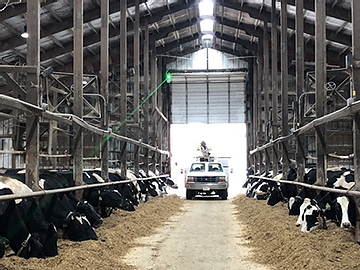
Large flocks of migrating gulls can spread strains of zoonotic viruses.
The last great pandemic, the 1918 “Spanish Flu,” originated in wild bird populations in the United States. Soldiers shipping out to the Great War brought the disease with them from the U.S. and from there it spread around the world, killing 50 million people (2% of the population at the time). All strains of influenza originate in birds. Sometimes they spread directly to humans, sometimes to other animals like pigs, then to humans. Influenza is a very chaotic virus. It mutates rapidly, creating ample opportunities to evolve into strains that can infect humans with deadly results. As with Covid-19, influenza strains that mutate and pass to humans from an animal reservoir are likely to be completely novel to human immune systems.
Waterfowl like ducks and geese, and shorebirds like gulls, are natural reservoirs for the flu virus. It doesn’t seem to do the wild birds much harm, which allows it to spread unchecked. As those birds migrate, they congregate by the thousands or tens of thousands on beaches, in marshes, and other natural habitats. Shrinking habitat has forced these birds into closer and closer quarters, creating opportunities for rapid spread and mutation of the different strains of viruses. It also increases the risk for contact with humans, usually through agriculture like poultry and swine farming.
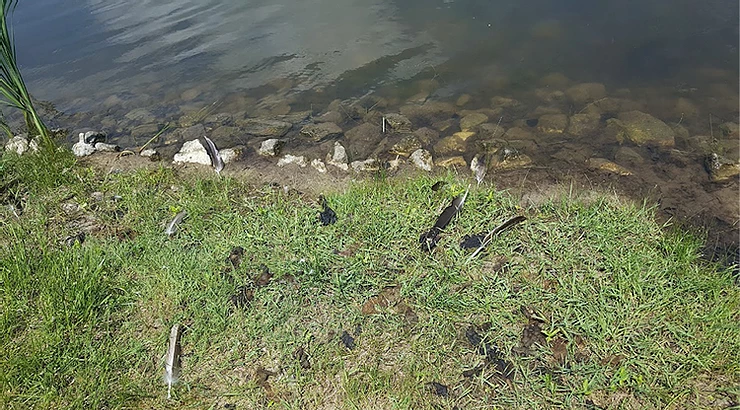
Droppings are vectors of disease and when they come into contact with water or a food source, those diseases can spread rapidly to other birds.
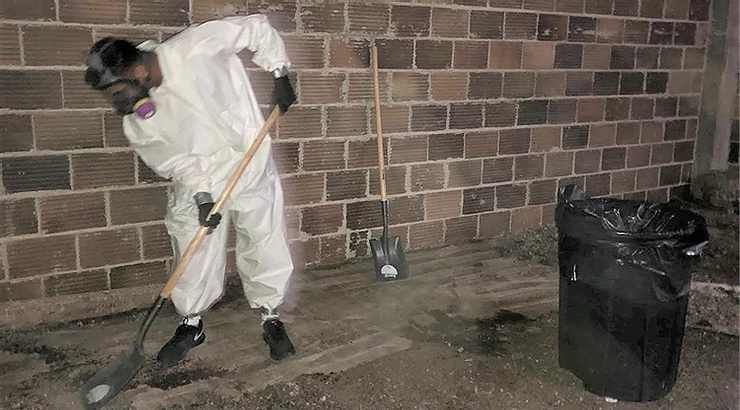
Special protective gear needs to be worn when cleaning up accumulated bird droppings.
Avian flu is one of the top concerns for infectious disease researchers. The question for researchers is not if a flu pandemic will occur, but when. Domestic birds have not evolved with this virus like the wild populations have and are susceptible to becoming severely ill. Entire poultry flocks of millions of birds are culled when even one bird tests positive for influenza. This is a significant loss to the poultry industry, but if a strain of highly deadly flu virus mutated in domestic flocks to a form that could be spread to and between humans, the cost would be in lives as well as dollars. Wild Goose Chase plays an important role in the prevention effort, helping poultry farmers protect their flocks and helping water treatment plants prevent viral contamination. Our methods include the installation of autonomic laser systems and trained canines to keep wild birds away.
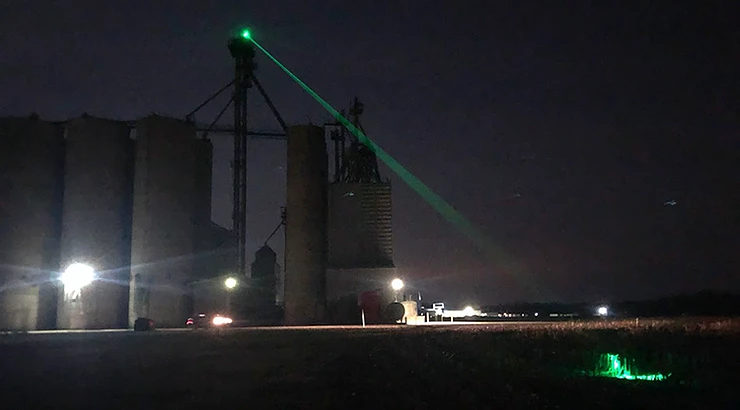
This autonomic laser is protecting flocks of poultry by keeping wild birds away from their water and food sources!
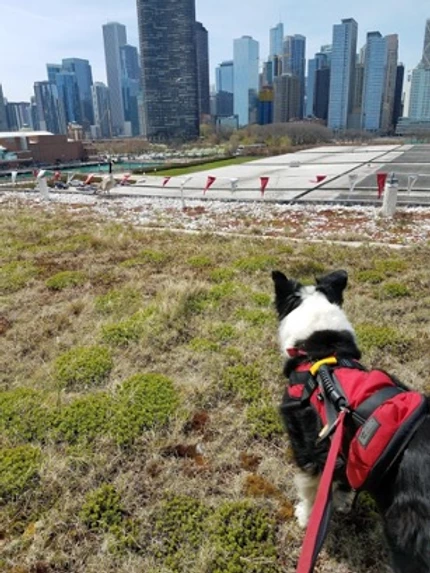
K9 Rudy helps keep this water treatment facility free from gulls and the diseases they carry.
Researchers from many disciplines are collaborating to study, follow, model, and monitor wildlife populations for zoonotic diseases. By understanding the migratory movements of wild birds, the virus strains endemic in different populations and the way in which those strains can mutate and come into contact with people, we can better predict and possibly prevent pandemics, as described in a recent Audubon Magazine article.
At Wild Goose Chase we are dedicated to helping protect human health and safety by preventing excessive congregations of nuisance birds and keeping wildlife wild. Reach out to us today to learn how we can help protect your property.


 0
0
